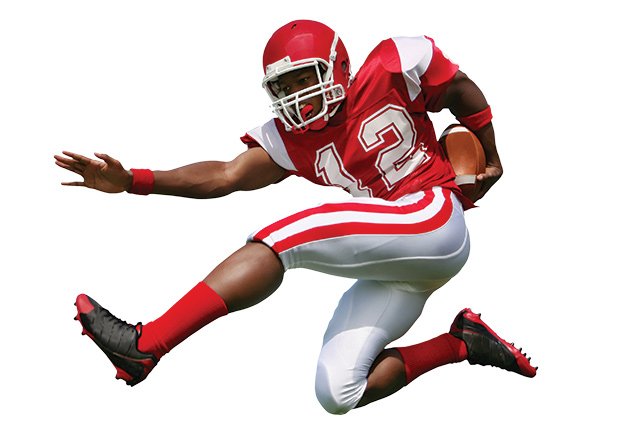When playing sports, there is always the risk of injury, especially in high-contact sports such as soccer, football, lacrosse, basketball and baseball. But athletes can minimize their chances of injury by following safety guidelines and directives from their coaches. To maintain the best possible condition and make sure they are fit to play, athletes should first have an annual physical, according to board-certified orthopedist R. Vaughan Massie, MD, who treats sports injuries.
Injury Prevention
Dr. Massie, who completed a fellowship in sports medicine, says common injuries include strains and sprains, fractures and ligament tears. With many athletes playing a sport throughout the year instead of just one season, it means repeated stress on joints, muscles and ligaments, which can lead to stress fractures from chronic overuse. To avoid this, the athlete can change their training routine or alternate with a different sport, which uses different muscles.
Living an Active Life
Find out more about Orthopedics at Aiken Regional Medical Centers, including details about our Joint Academy.
“Warming up, stretching and cooling down also help prevent injuries, as does following the techniques learned in training,” says Dr. Massie. “And athletes should always use the safety equipment appropriate for their sport.” Hydration is also essential, especially in hot weather. And getting adequate rest and eating a balanced diet fuels the body and helps it recover.
Dr. Massie and other orthopedists volunteer on the sidelines of local high school football games and USC Aiken games to assist with evaluating and treating injuries right on the spot. “The best thing is to be there and see the injury as it happens, so we know what to look for at the follow-up exam,” he says.
Fractures and Younger Athletes
Growth plate injuries are something to be aware of as young children are growing. Dr. Massie says any joint is susceptible, especially from chronic overuse, stress fractures or trauma injuries. “Fractures are more common in and around the growth plates,” he says. “If an injury is not treated quickly and appropriately, it can result in growth arrest and affect them for life.”
When to Consult a Doctor
If an athlete sustains an injury and experiences any of the following symptoms, a doctor should be consulted:
- Joint instability, locking or swelling
- Deformity in the legs, arms or joints
- Pain that does not go away, or interferes with sleep or daily activities
- Numbness, tingling, weakness or pain that travels down the arms or legs
- Any symptoms of possible concussion, which can include headaches, especially if accompanied by vomiting, sleepiness, confusion or seizure; loss of consciousness; garbled speech; or numbness/ tingling/weakness in the arms or leg

